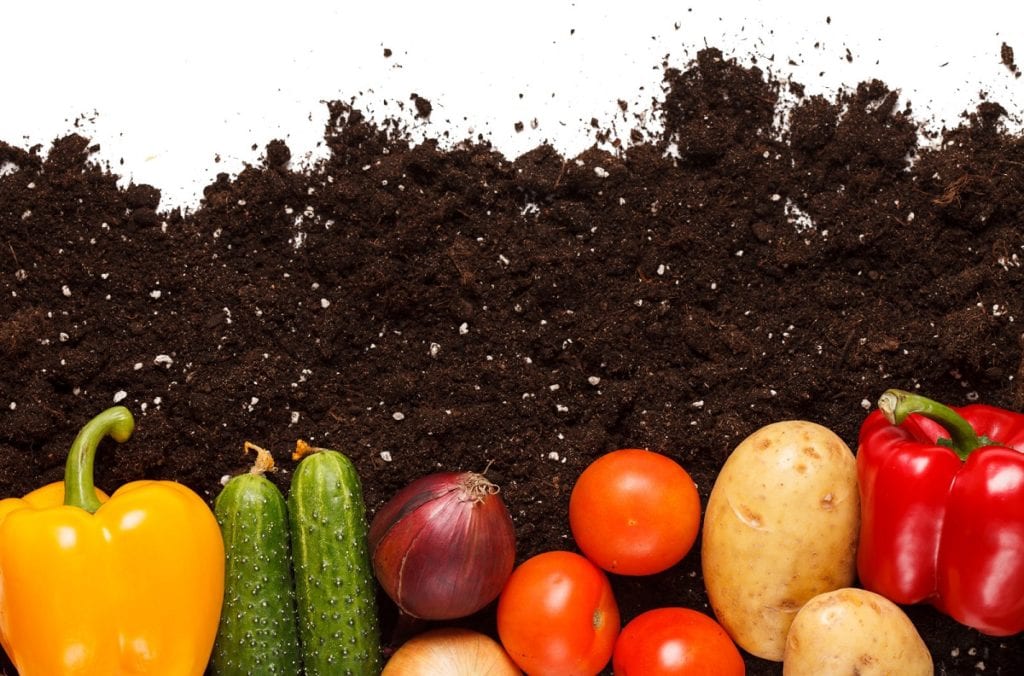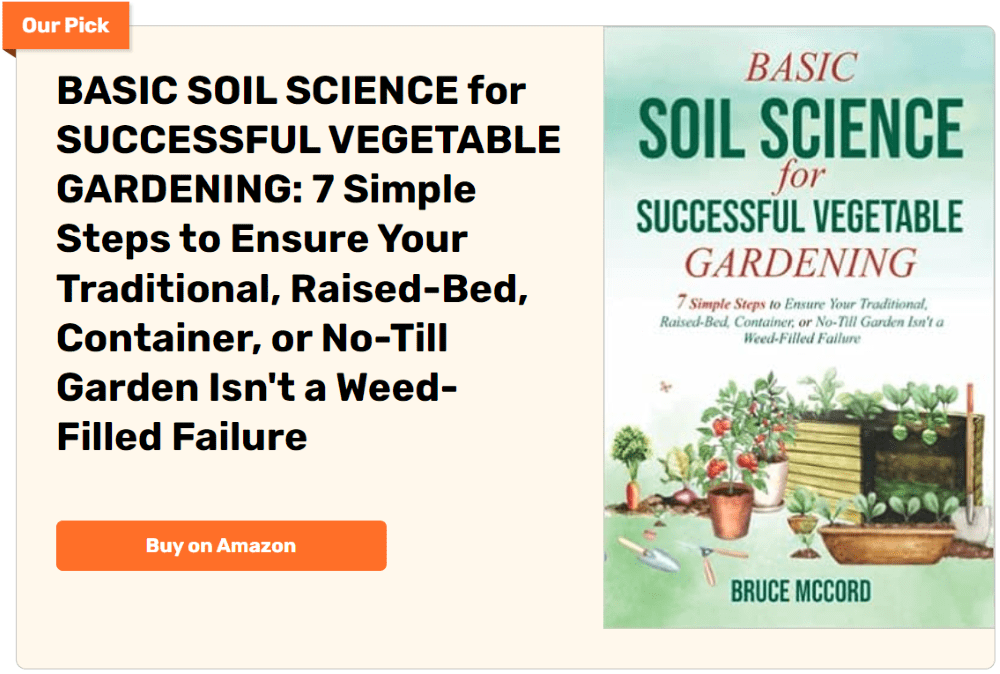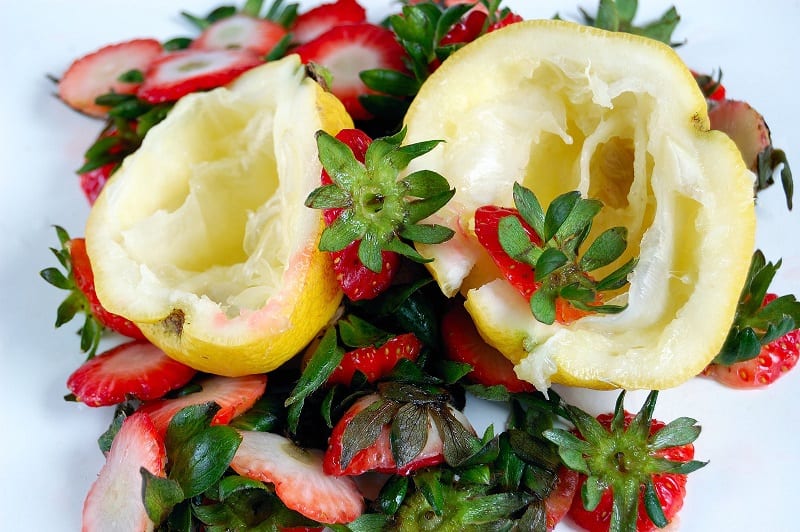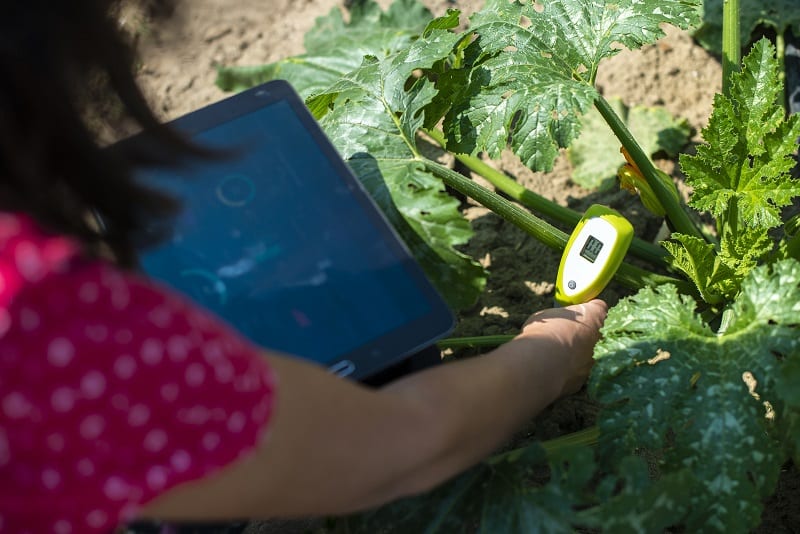
One of the best ways to grow a beautiful garden is to ensure that it is supported by healthy soil.

The soil under your gardening boots teems with billions of living organisms, recycling nutrients, improving soil tilth, and absorbing water. Sustaining that invisible ecosystem is an essential component of growing a vigorous, flourishing garden.
Building Healthy Garden Soil
Contents
While some gardeners may be blessed with excellent garden soil, most of us garden with soil that is far less than perfect. But turning poor soil into a rich, vigorous foundation for your garden is not difficult, once you understand the basics of garden soil care.
Here are four foolproof ways to build healthy soil for your garden.

1. Feed your soil.
Organic materials are the key to healthy garden soil. You can add fallen leaves, kitchen scraps, even fruit scraped from beneath fruit trees to your garden soil.
Chop organic material directly into the top 2 inches of soil with a heavy-bladed hoe then cover with a layer of mulch. Ideally, you should add manures, mineral phosphorous, potassium fertilizers, and lime at the same time.
Doing this in the fall permits the material to break down in time for spring when plants need garden soil nutrients the most.
This is an excellent way to recycle old kitchen and yard waste. Not only do you save waste from landfills, but the organic materials feed your soil with beneficial microorganisms.

2. Grow cover crops.
During the growing season, you can sow a quick-growing cover crop – such as buckwheat – to fill the gap between spring and fall.
A cover crop is a specific crop that is grown primarily for the benefit of the soil rather than crop yield. Such crops are an effective way to promote biodiversity, suppress weeds, manage soil erosion, and help build and improve soil fertility and quality.
Cover crops also act as a living mulch to shelter soil and control weeds in the off-season, soil scientist and author, Elizabeth Murphy, says in an article for Gardenista.
“When it’s time to plant, pull the buckwheat cover and use it as a mulch for fall garden beds,” Murphy adds.

3. Conduct soil tests.
Soil tests are essential to the maintenance of healthy garden soils. You should assess the soil in your garden is to understand what’s in your soil.
Different soils have different nutrient profiles. Soil testing allows you to determine what nutrients your soil lack and what steps should you take to ensure balanced soil elements.
For best results, take nutrient tests in the late summer or early fall. Submit the results of your soil test to a certified laboratory for assessment. You can then add the correct balance of fertilizers and lime materials in time for spring.

4. Practice crop rotation.
Consult your local extension officer to learn about the appropriate crop rotation systems for your garden.
Growing a diversity of crops in your vegetable garden keeps the soil healthy. Different plants require different types of nutrients. Hence, they attract different types of pests and diseases.
If you plant the same hosts that those pests and diseases seek, you’ll provide them with the resources to re-establish and become even more prevalent and severe.
Plant something from another group of vegetables that don’t normally host the problems, and they’ll disappear in due course. That’s why smart gardeners remember to rotate their food crops each year.

Understanding the Basics
Soil is composed of weathered rock and organic matter, water, and air. But the hidden elixir in healthy soil is the organisms – worms, insects and microbes – that thrive when the other soil elements are in life-giving equilibrium.
The pointers we’ve offered above should help to keep your garden healthy and flourishing, but we urge you to do a little more research.
Each vegetable plot and flowerbed is different. The more you know about the soil, the better equipped you’ll be to grow a healthy, flourishing, and beautiful garden.








